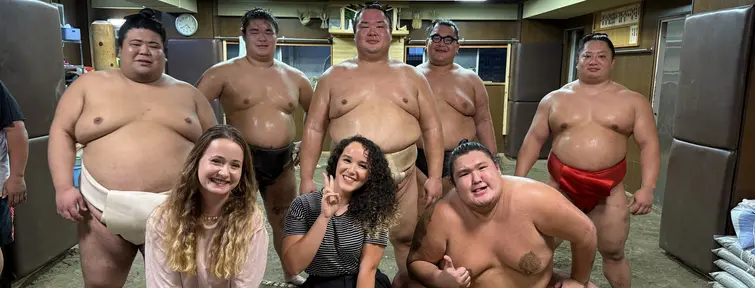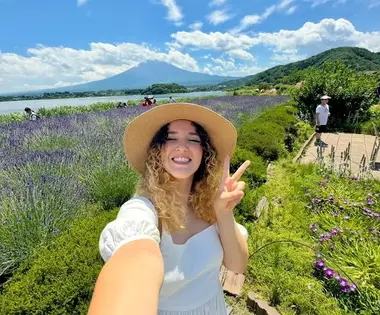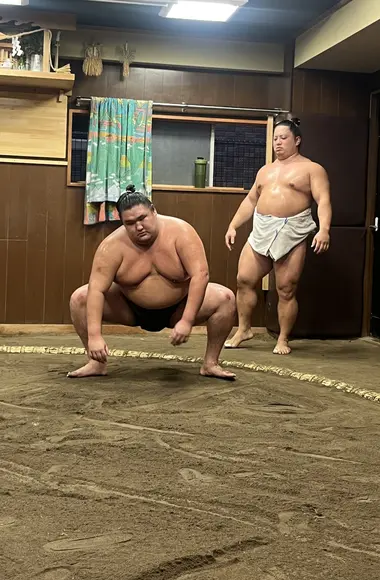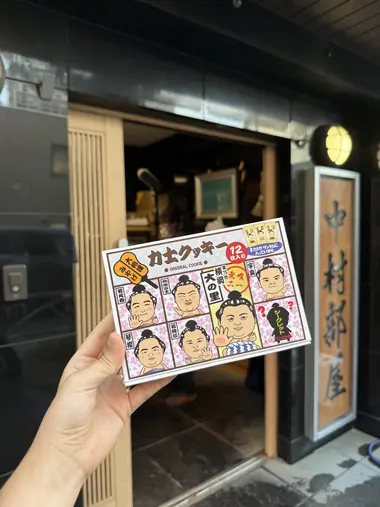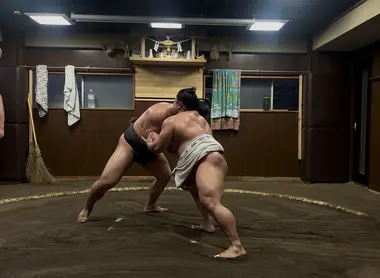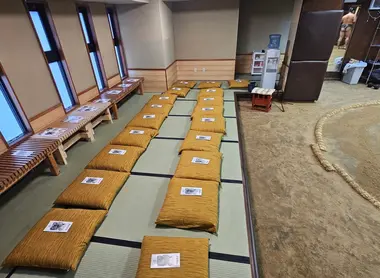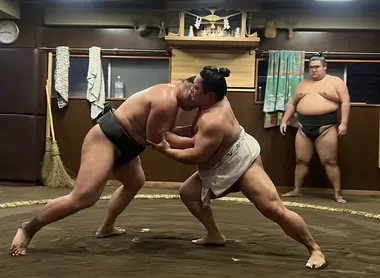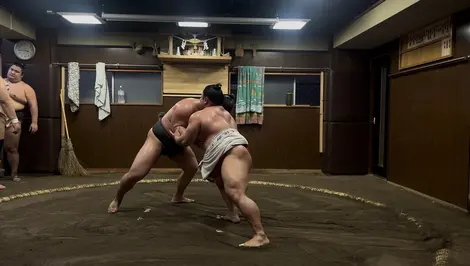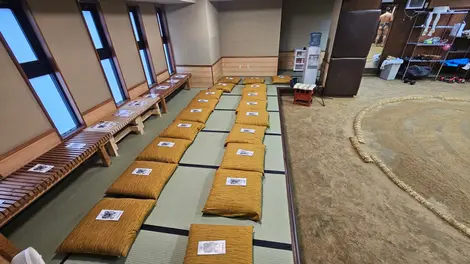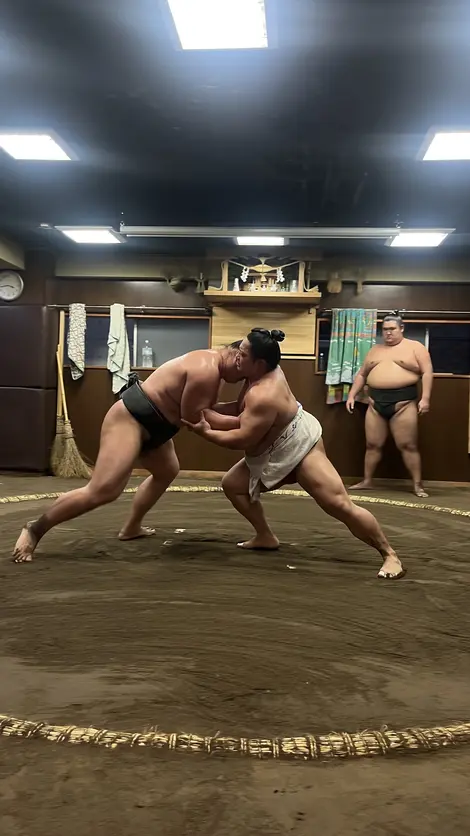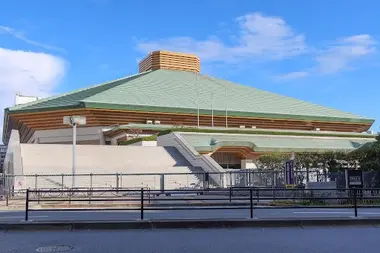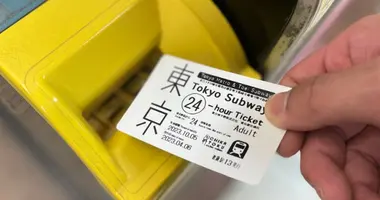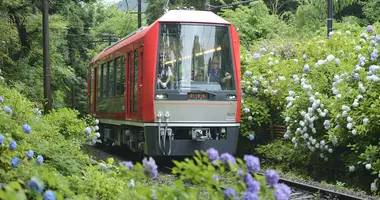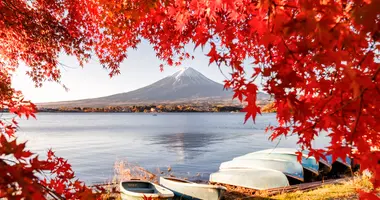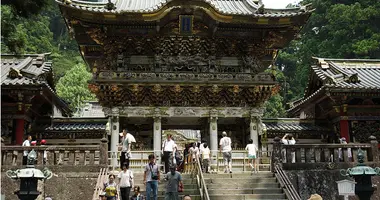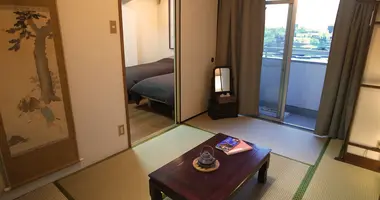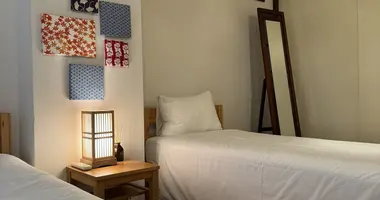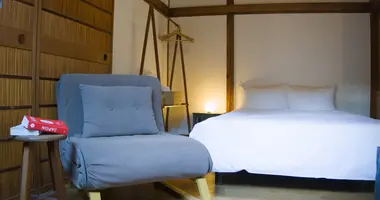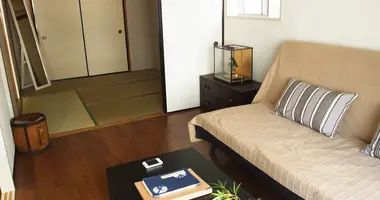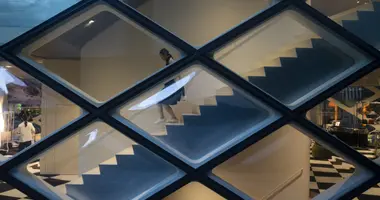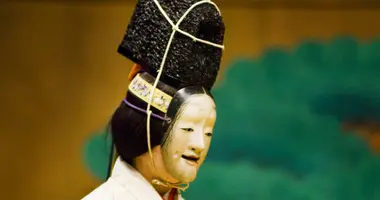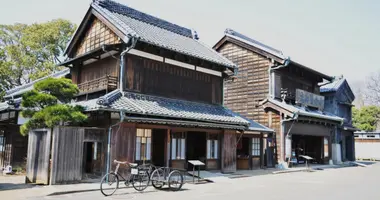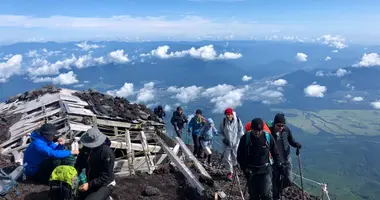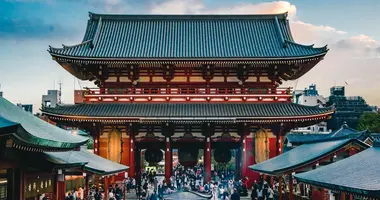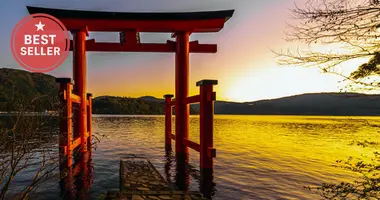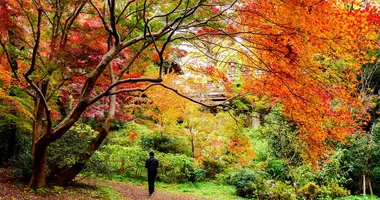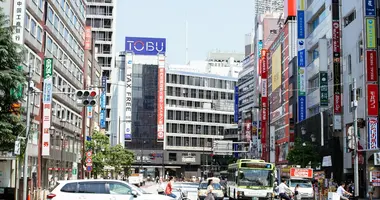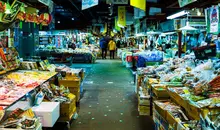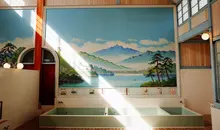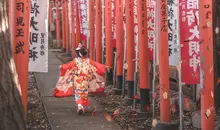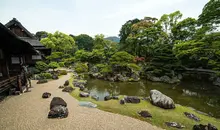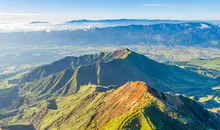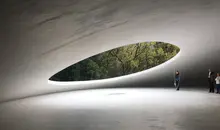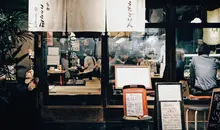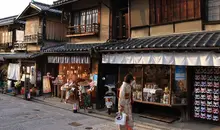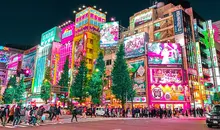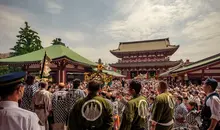We've tested it for you: sumo training!
- Published on : 30/10/2025
- by : Phoebe
- Youtube
Although popular internationally, sumo is probably one of Japan's least-known sports. What better way to learn about it than to attend a real training session?
At Japan Experience, we carefully select activities that allow you to discover Japanese culture from the inside. Experiences we've tried and tested ourselves, like our new "Sumo Training" activity in the Ryogoku district. Follow the team: our social media manager meets the sumotori!
Camélia, social media manager at Japan Experience
Camélia has been in charge of Japan Experience's social networks for four years. From travel tips to good addresses and lesser-known regions, she takes pleasure in sharing her passion for Japan on a daily basis. It has to be said that Camélia fell in love with Japanese culture when she was a child.
There are so many things I love about Japan! [...] The hospitality you can feel in ryokan (traditional inns); the tea ceremony, kitsuke (the art of wearing a wearing a kimono); cafés... And of course, pop culture! I've been reading manga and watching anime since I was a little girl.
Sumo ? Not really her thing. However, our social media manager still enjoyed our activity.
A friendly, fun workout
<< I went here for work, so I wasn't really expecting to be won over by this activity... and yet, I LOVED it! >> says Camélia.
Training takes place in a dojo in the Ryogoku district (Tokyo), famous for its sumo stables.
For an hour and a half, witness a complete workout, from warm-up to stretching at the end of the session, and including some << impressive fights >> .
At the start of the session, we're given a pamphlet with the names, ages and weights of the wrestlers, as well as an audio guide in French that explains the history of the dojo and gives information about sumo. Everything is very well explained, so even without any prior knowledge, you don't feel lost. Then comes the training. Contrary to what you might think, 1h30 goes by very quickly!
What did she appreciate most? The closeness to the wrestlers.
During an hour and a half's training, you get a real sense of their perseverance and stamina. They have incredible mental strength: even if the younger ones are sometimes knocked to the ground by the older ones, they get back up and keep going.
Although it's a wrestling sport, the activity is accessible to all, even families with children. And at the end, it's possible to take a photo with the sumos!
<< It may sound cliché, but I felt like I was in a sports manga where the characters persevere and never give up! >> laughs Camélia. << I loved it! It made me want to encourage the younger kids, and I really hope they succeed in becoming great sumos one day! >>
The Japan Experience activity: Would you like to take part in our sumo training?
Watch real sumo wrestlers train-feel the history, ritual and raw power up close in a traditional dojo.
Visit Nakamurabeya in the historic Ryōgoku district-the heart of sumo in Tokyo-with all the modern conveniences. Most sumo stables train early in the morning. Nakamurabeya's 3pm start offers a rare afternoon opportunity - ideal for visitors with busy morning schedules.
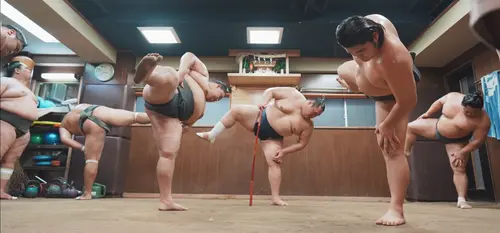
Sumo training (Ryogoku, Tokyo)
@Japan Experience
Ryogoku, the sumo district
Why not try our activity to discover the Ryogoku district?
Admire the Kokugikan, one of Japan's largest sumo tournament stadiums. Although you can't get inside, the exterior gives you a striking insight into Japanese sporting culture.
Nearby, the Hokusai Museum will delight print lovers. Just 5 minutes from Ryogoku station, the Edo Tokyo Museum (currently under construction until 2026) will plunge you into the fascinating history of the archipelago.
Feeling peckish? The district is famous for its restaurants serving chanko nabe, the famous sumo stew. If you prefer a sweet break, Camélia recommends the dotcom coffee Asakusabashi for its matcha latte.
Camélia's recommendations for a successful trip to Japan
For Camélia, it's important to remain curious and take your time to fully enjoy Japan.
It's important to be curious if you don't want to miss out on great experiences. Don't be afraid to taste dishes you've never seen before, to try activities you'd never thought of... You have to dare to step out of your comfort zone when you travel! Secondly, when I say take the time to visit, it's because I see too many travelers who only stay 2-3 days in Tokyo or Kyoto, for example. It's a shame, because there's so much to see in and around these cities! Of course you can't do everything in one trip, but you have to accept this limit, even if it means removing a destination from your itinerary so you can better explore other places.
Her recommendation? Tokyo, where she makes her home, but not just the main sights!
Don't limit yourself to the big districts like Shinjuku, Shibuya or Akihabara: there are also smaller districts that are very pleasant, like Shimokitazawa, Kichijoji, Kagurazaka or Shibamata. [...] What I love about Tokyo is precisely this contrast: you can go from a busy, noisy district to a quiet area in a matter of minutes, and the change of atmosphere is fascinating. Staying longer in Tokyo also allows you to explore the surrounding area. For example, just 1 hour away by public transport is Kamakura, one of my favorite cities in Japan. Between sea and mountains, with numerous temples and a rich historical past (it was the capital of Japan for almost 200 years), it's a place I really recommend.
Think of regional passes to visit Tokyo and the surrounding area!
Want more travel tips? Follow Camélia and the Japan Experience team on Instagram. Not on social networks? Subscribe to our our newsletter.
